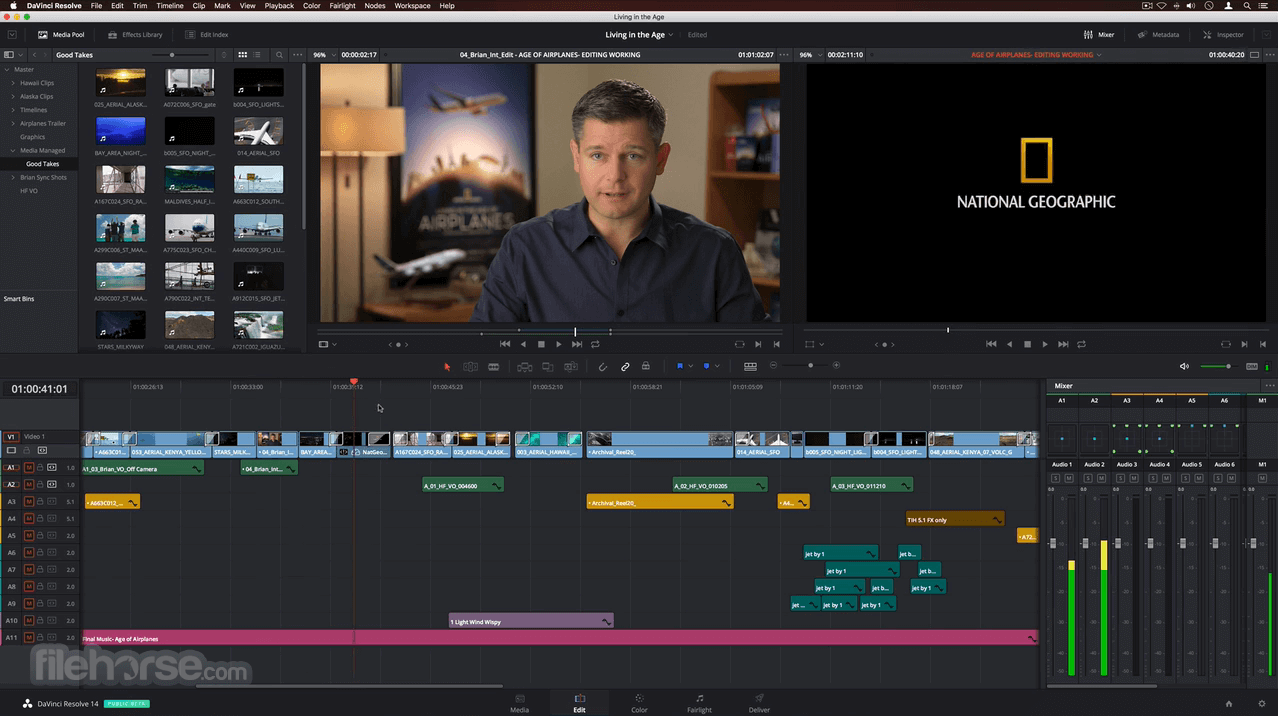


Despite the initial fanfare, information has been sporadic. And speaking of flow, last but by no means least, some people are very budget conscious and do not want to be shelling out money for a NLE, be that once off or in the form of a subscription.īlackmagic Design have being rolling Edit Functions into Resolve since version 10 which was announced at NAB in 2013. Round trips take time, can be fiddly at best and at worst make clients nervous and reach for their smart phone! When push comes to shove, nobody likes a workflow that works but does not flow. Removing just one frame from an edit, entails a round trip. There are people who despite picture lock end up making changes at the Colour Correction stage of things. There are in fact, a number of very good reasons to do so! For example some people already have Da Vinci Resolve in their workflow for heavy Colour Correction but might just want to do some basic editing. It added a couple of extra steps to my normal process, and even though I used a fairly standard workflow, I still wanted to outline it here for those looking to work with this combination of camera and NLE as it seems to work exceptionally well and quite seamlessly.Lets start at the beginning by posing the question, why on earth would you want to edit in a Colour Correction program. This was a new experience for me as I typically shoot straight to ProRes on the BMCC, but due to the nature of this project I opted to shoot everything in RAW, which turned out to be a great choice. The film which I directed, shot and edited was shot on the Blackmagic Cinema Camera and cut on FCP X. Over the past few weeks I have been scrambling to finish my film “Brother Sister” in time for the Sundance submission deadline.

If you haven’t already checked them out, they are an excellent resource for post production news, tutorials and stories, specifically as they pertain to FCP X.īefore you jump into the article, feel free to take a look at the teaser trailer for the film:

First off, I would like to thank FCP.co for kindly sharing this article on their site this week.


 0 kommentar(er)
0 kommentar(er)
